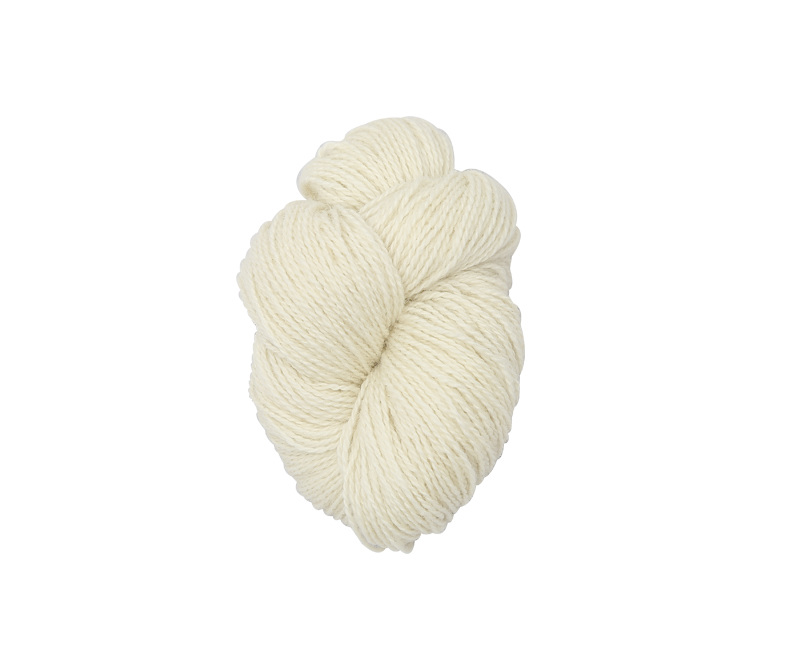

There is a big difference between woven and machine mad […]
There is a big difference between woven and machine made carpet, especially when it comes to the feel and look of your home carpet. It is widely believed that woven carpet has more "grip" to it than machine made carpet. However, there is a big difference between the quality of the yarn, the quality of the manufacturing process, and the final appearance of the carpet.
The most popular material for carpets today is polyester. Synthetic fibers, such as nylon, polyester, and polypropylene, are also used sometimes. These fibers are sometimes used to create long skeins of yarn that are for the backing or pile of the rug, rather than face fiber. The fibers in a synthetic fiber rug are one of the things that determines the "look" of the rug.
A high quality area rug made with wool yarn will have knots in the yarn rather than a large collection of tightly packed fibers. In addition, the wool will have a high thread count, which means that more threads are evenly spaced throughout the length of the yarn. Usually the area rug will be treated with an anti-bacterial agent before being made into a rug. This treatment will give the area rug a cleaner appearance, but it will not affect the strength of the yarn.

A carpet made from synthetic fibers, such as polyester, nylon, polyester, and acrylic, will not have knots. The yarn will come directly from the factory with little or no processing, but the manufacturing process will affect the feel and appearance of the carpet. The main processing used in the cut-pile method of weaving is called cutting. The cut-pile method creates rugs that have more fiber than the natural fibers found in natural yarn. In addition, the cut-pile method creates rugs with finer fibers than the yarn found in natural carpets.
Natural carpets have knots in the pile, while synthetic carpets do not. The primary backing in the Turkish knot rug is the weft yarn, while the secondary backing is called the eyelet. The weft yarn is the thickest and most durable of the three. There are six knots in each square inch of the main body of the carpet. Most of the Turkish rugs I have seen have primary backs coated with a water repellent and have secondary backs that are dyed.
Carpet fibers can be either synthetic or natural. Natural fibers come from animal sources, such as hide, hair, and fleece. While these types of fibers can be dyed to create different colors, they usually take on the same characteristics when they are manufactured. Synthetic fibers are man-made from man-made fibers. While these rugs can be dyed to create many different colors, the manufacturing process does not alter their characteristics.
Carpet yarns are typically made from wool fibers. Wool is stronger than silk and is more durable than nylon. However, synthetic wool yarns are much cheaper than real wool. They are also stronger and lighter than the wool yarn, which enables the wefts to be braided into thicker carpets. This makes it possible to produce area rugs with weft similar in size, weight, and density to natural fibers.
Carpet yarns are typically woven through three processes. Firstly, the yarn is spun. Woven weaves are not impossible to achieve, but these require exceptionally high quality equipment. The second process is called "punting". With punting, several small holes are dug in the rug so that the yarn can be woven tightly, without loose yarn or large holes showing up.
The third method of creating a rug is called "loop pile". Loop pile carpets are made by tightly weaving the wool together, while keeping the edges separated. This is achieved by creating numerous loops on the edges of the rug, but no loops inside the middle of the rug.
In order to make area rugs, wefts are typically made from either flat-weave or cut-pile wool. Flat-weave is more commonly used for low-priced area rugs and is more durable. Cut-pile is often used for higher-end and handmade rugs. Flat-weave is made by cutting a long piece of yarn and then making layers of yarn perpendicular to each other. A knotted, or "crimp" is then made inside the layers, so that the fabric can be tighter and more durable.
One important factor in the quality of a carpet is the quality of the yarn that was used to make it. Low quality yarns can irritate your skin and cause allergic reactions. On the other hand, high quality yarns are soft and do not irritate your skin. Carpets made from top-quality yarn will stay in shape and color much longer than those made with lower quality yarn. Even cut-pile wool is better than thread count - the more threads there are, the softer the rug will be.